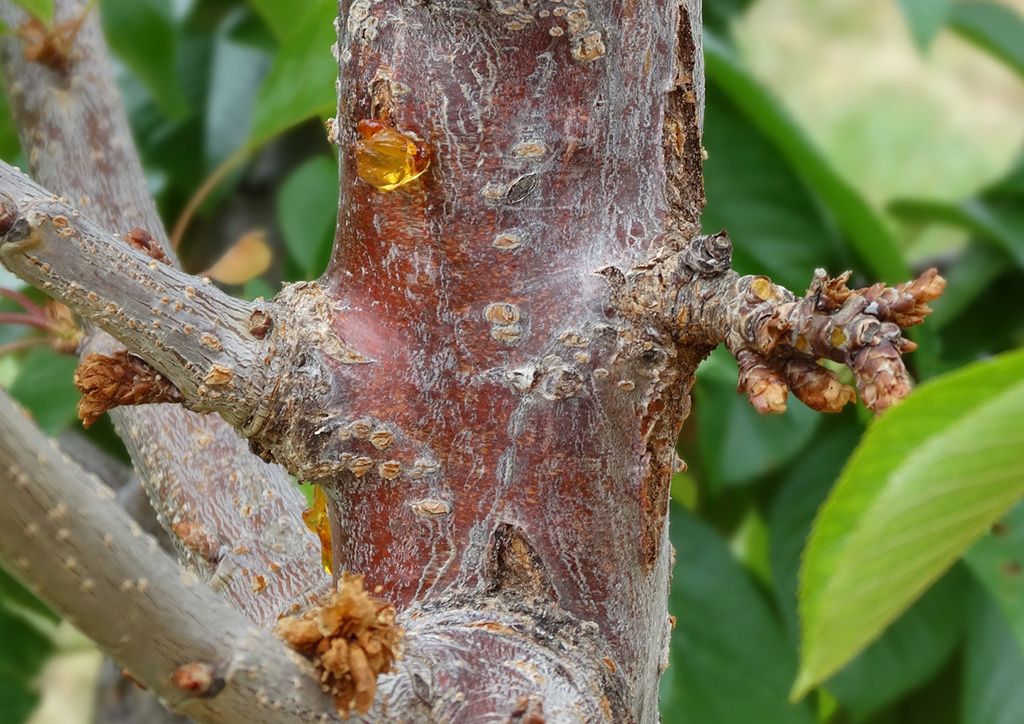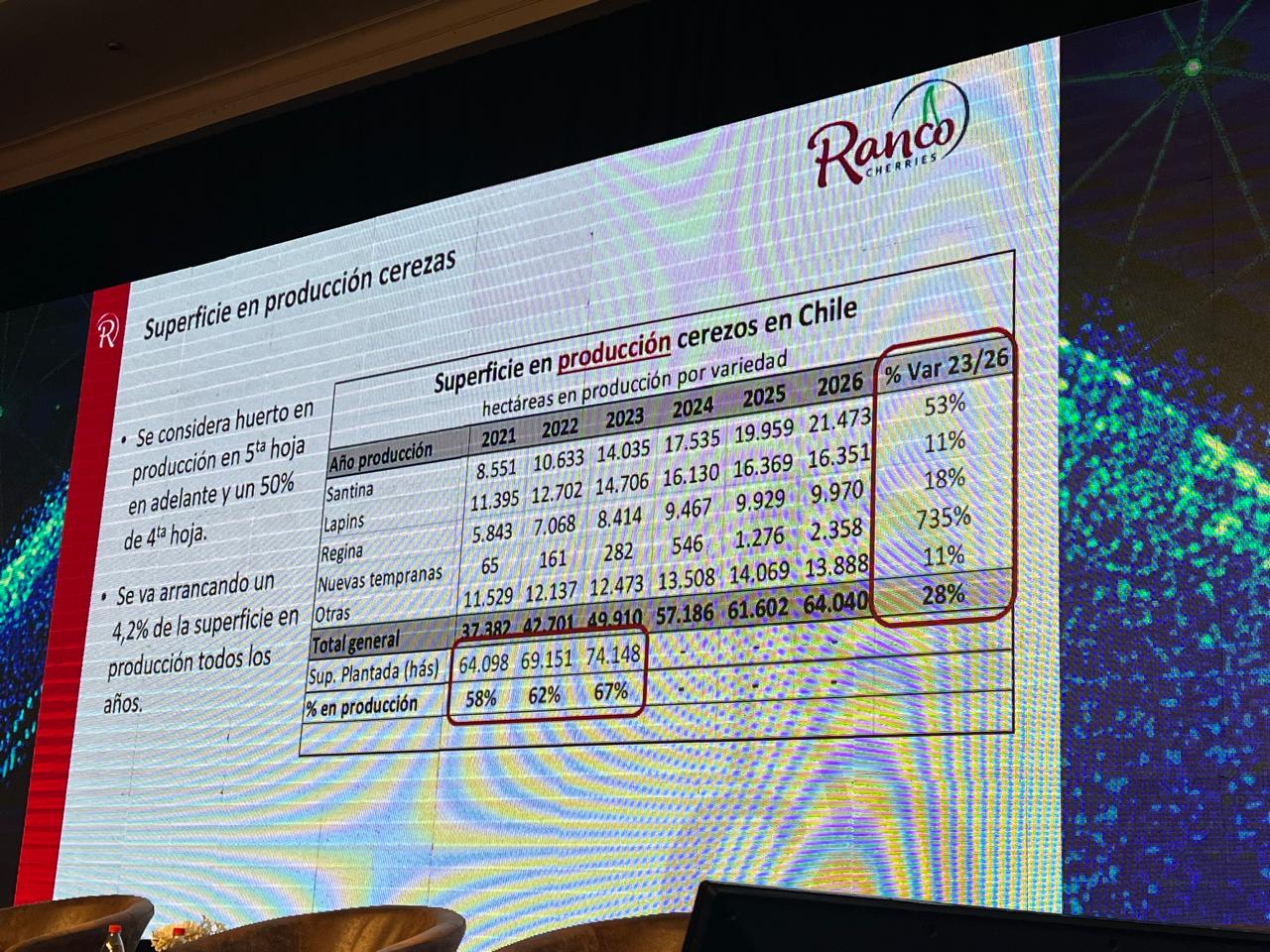What can replace pesticides without disrupting conventional agricultural production? The sterile insect technique, which limits the reproduction of harmful insects, is planned in France.
But it does not replace insecticides, as it requires a deep revision of the production system and involves all stakeholders. “No pesticide ban without a solution": this principle, proposed by some agricultural unions, calls not to ban any pesticide without an ‘economically viable’ alternative.
The goal is to reduce pesticide use without hindering conventional agricultural production. However, this linguistic element that seems like common sense hides the impossibility of implementing alternatives without rethinking agricultural systems.
A contraceptive method for insects
The sterile insect technique (SIT), one of the “solutions” currently under study, is a textbook case. It is included in a draft law on environmental benefits for farmers, soon to be examined by the National Assembly.
This technique relies on releasing a large number of insects raised in captivity and sterilized with ionizing radiation (such as X-rays). These males mate with wild females of the target species, producing non-viable eggs.
Since it was first used in North America to control the screwworm fly (Cochliomyia hominivorax) in the 1950s, this technique has been used in agriculture in many countries on various flies, butterflies, and beetles.
SIT is the subject of research and development in mainland France, as well as in the French Riviera and the East, to control mosquitoes, particularly Aedes, vectors of diseases such as dengue fever and chikungunya.
More than just a matter for farmers and plot owners
Agricultural uses in mainland France mainly target the Drosophila suzukii fly, responsible for damage to cherries and berries, the Mediterranean fruit fly Ceratitis capitata, and the codling moth, the source of the proverbial “worm in the apple.”
One of SIT's characteristics is that it is often used on a large scale. In Spain, the entire Valencia region receives several million sterile Mediterranean fruit flies released by air every week.
The program, funded by the regional government, costs millions of euros and protects a fruit industry with a turnover of around 10 billion euros per year.
A large-scale program involves many players. Crop protection no longer concerns only farmers, but also local residents.
The environmental risks of SIT
In France, SIT development has been fueled by collaboration between scientific circles and stakeholders (agricultural organizations, environmental NGOs, industries, and state representatives).
The issue of short-term unintended effects of SIT was raised during these discussions, allowing the launch of research programs, still ongoing.
This work is extremely important because the environmental risks of SIT are still poorly documented. France is more or less the first country to formally examine the possible harmful effects of SIT on the environment.
The current lack of data, despite the technique's age, may suggest it is safe thanks to its high specificity. Since sterile males generally do not mate with females of other species, minimal ecosystem effects are expected, unlike insecticides that are toxic to many species.
An alternative to pesticides, but not on my terms
A paradox remains: not all released mosquitoes are 100% sterile (residual reproduction with sterile insects is occasionally possible). It is therefore preferable to sterilize and release a local insect population to avoid introducing genes from another location.
Finally, mass-released sterile bugs can transmit their microbiota to wild bugs, especially during encounters. This possibility is rather unsettling, although the microbiota of farmed insects pose no danger to humans or the environment.
No significant environmental effect has been reported from the dozens of SIT programs implemented worldwide. However, post-release monitoring is important. It ensures transparency for the various stakeholders and allows operations to be halted in case of doubt.
Toward a “French-style” SIT?
Like most agroecological solutions for managing insect and plant diseases, SIT alone cannot replace chemical pesticides.
In fact, if insecticides are easy to use, it is because they kill insects indiscriminately. Indeed, the social and organizational groups revolving around SIT work to protect crops and deserve our full attention.
In fact, agroecological biocontrol methods, like SIT or beneficial insects, do not affect all stages of the pest life cycle. Their effectiveness therefore also depends on local conditions and other measures potentially deployed by farmers.
Special attention to target organisms and adapting practices accordingly are key to the success of pesticide-free agricultural production.
Collaboration as the key to success
To be effective, these “solutions” must be combined. This is far from the substitution concept implied in the phrase “no ban without a solution.”
Defining these combinations leads, in practice, to recognizing crop production and protection strategies as a whole. It is difficult to find alternatives to pesticides that could perfectly replace them without rethinking agricultural strategies as a whole.
This redesign cannot happen without the active involvement of professionals. Farmers and other agricultural professionals must understand the realities and practical limits of the field.
Research and development players can accompany and support this redesign work, for example, through the adoption of methodologies.
A French model and the role of the community
At the same time, the tools are flexible and there are no catastrophic limitations. In fact, SIT is often used at levels well above those of individual farms.
The participation of citizens and other land users is essential. Collaboration with producers is likely beneficial for everyone.
The example of the codling moth biocontrol program mentioned in Canada provides an eloquent example. In this context, local residents participated in monitoring insect populations responsible for agricultural damage and co-financed the SIT program.
They reaped the benefits of reduced pesticide exposure, an argument included in their tourism offering. This example shows that alternatives to pesticides are not just a scientific and/or agricultural matter: many other stakeholders are involved and can contribute to their development.
Conclusions and future prospects
As demonstrated by researcher Aura Parmentier-Cajaiba's work, the issue of organizational forms is unavoidable when it comes to designing alternatives to pesticides.
This is especially true for SIT, which is primarily a method developed by scientists. Moreover, the way research and development bodies design and finance programs is still limited by a linear conception of innovation.
As a result, knowledge is transferred to companies or startups without planning alternative organizational forms — much less building them in collaboration with stakeholders.
This directly limits how much these “solutions” can be adapted to the realities of the territories and sectors concerned.
A French model could draw inspiration from the Canadian program described above. Collaboration with riverbanks and apple producers is based on economic and territorial incentives.
Shared governance between farmers and local actors, with the support of insect production and distribution companies, could be a promising path.
This also shows the importance of incorporating consultation in the “no pesticide ban without a solution” approach. Indeed, it is impossible to replace a single agroecological measure with a chemical molecule because it means rethinking agricultural systems and involving all stakeholders.
At the same time, the developer of “solutions” appears irresponsible without reflecting on unintended effects. The risks associated with the different methods must be studied and clarified by scientists. In this regard, a public debate to define how to use alternatives to pesticides and guide agricultural transformation seems inevitable.
Simon Fellous
Research Director in Ecology and Agriculture, Inrae
Tasnime Adamjy
PhD candidate in Sociology, Inrae
Source: The Conversation
Cover photo: Terra e Vita - Umberto Salvagnin
Cherry Times - All rights reserved












